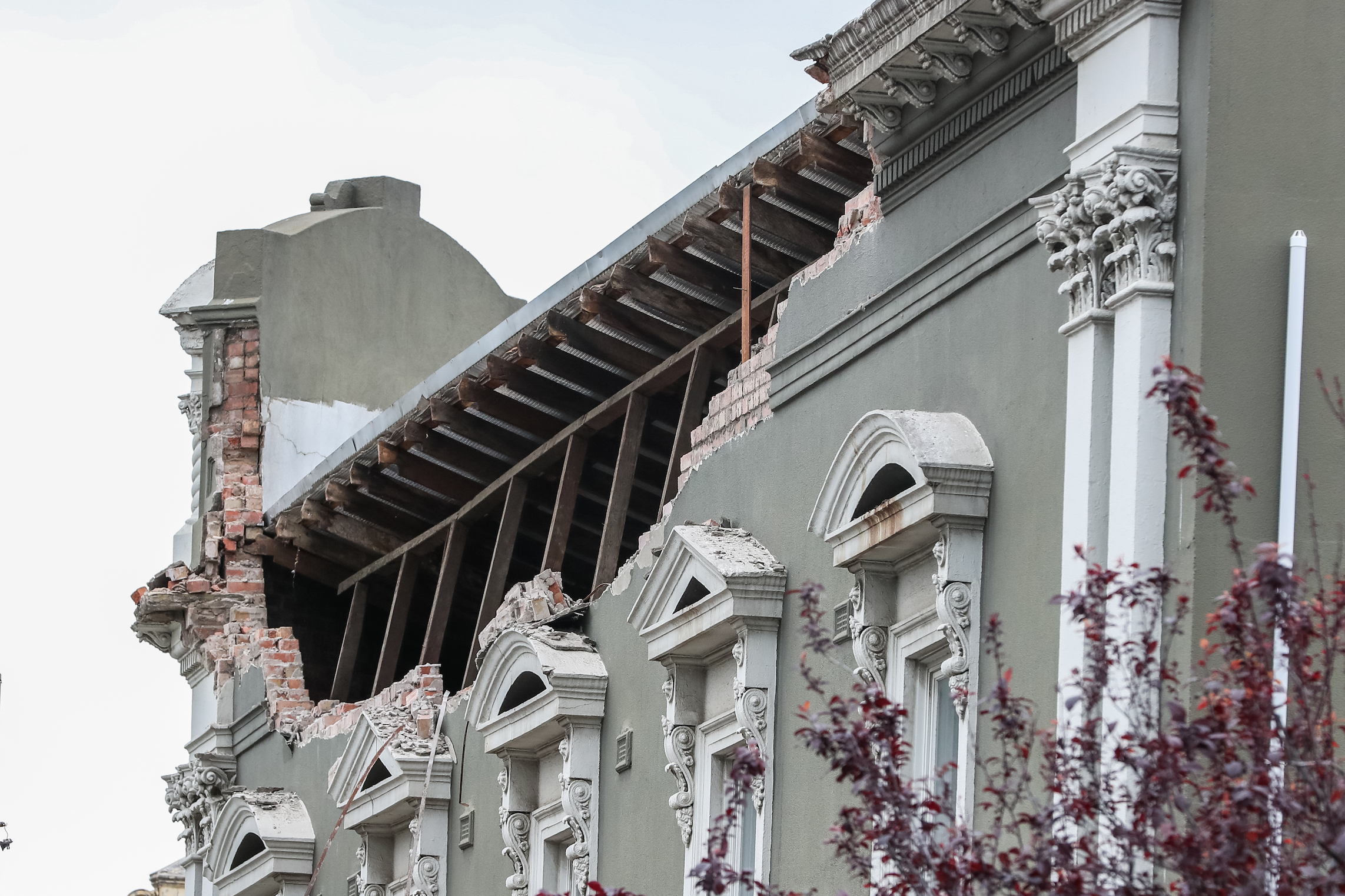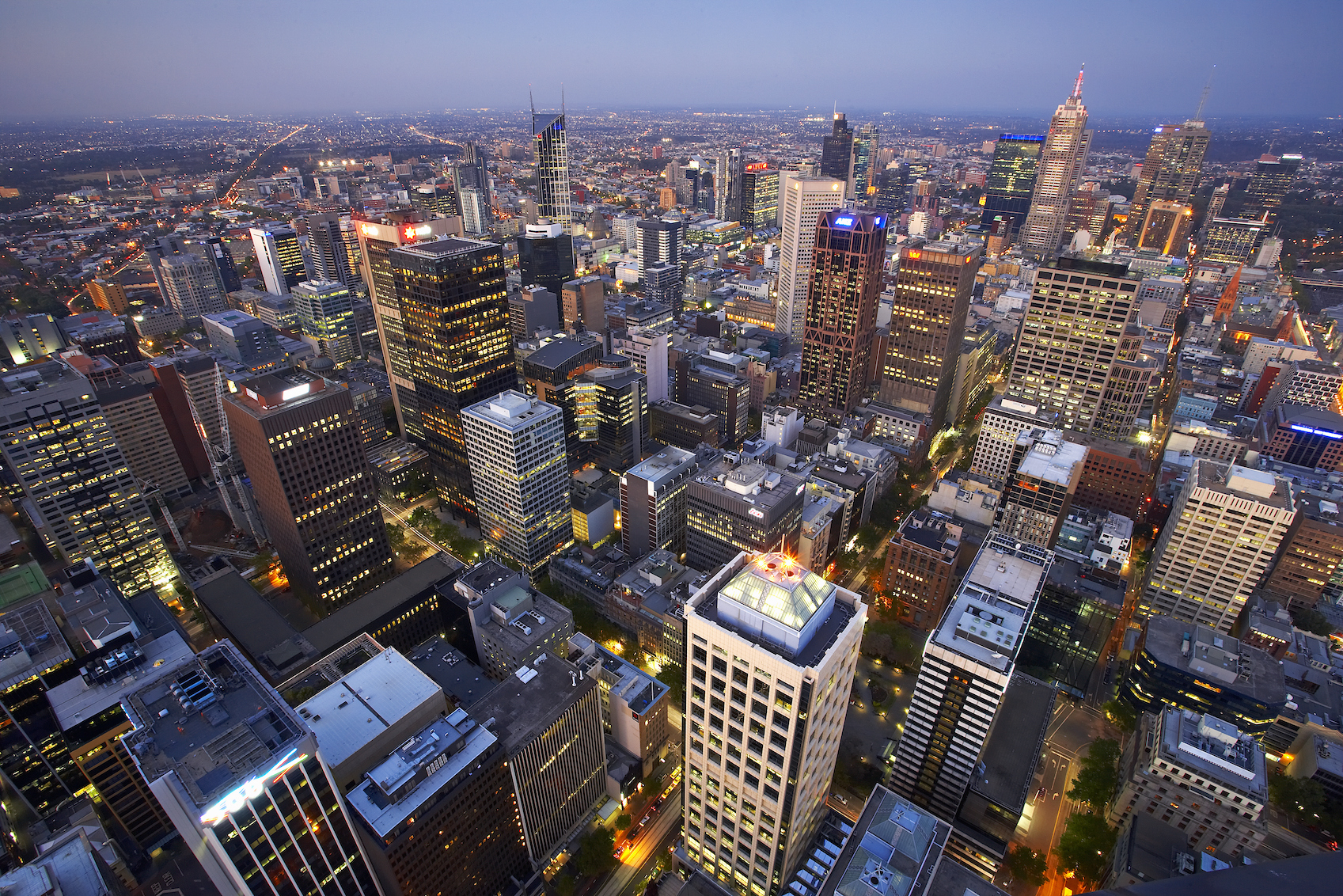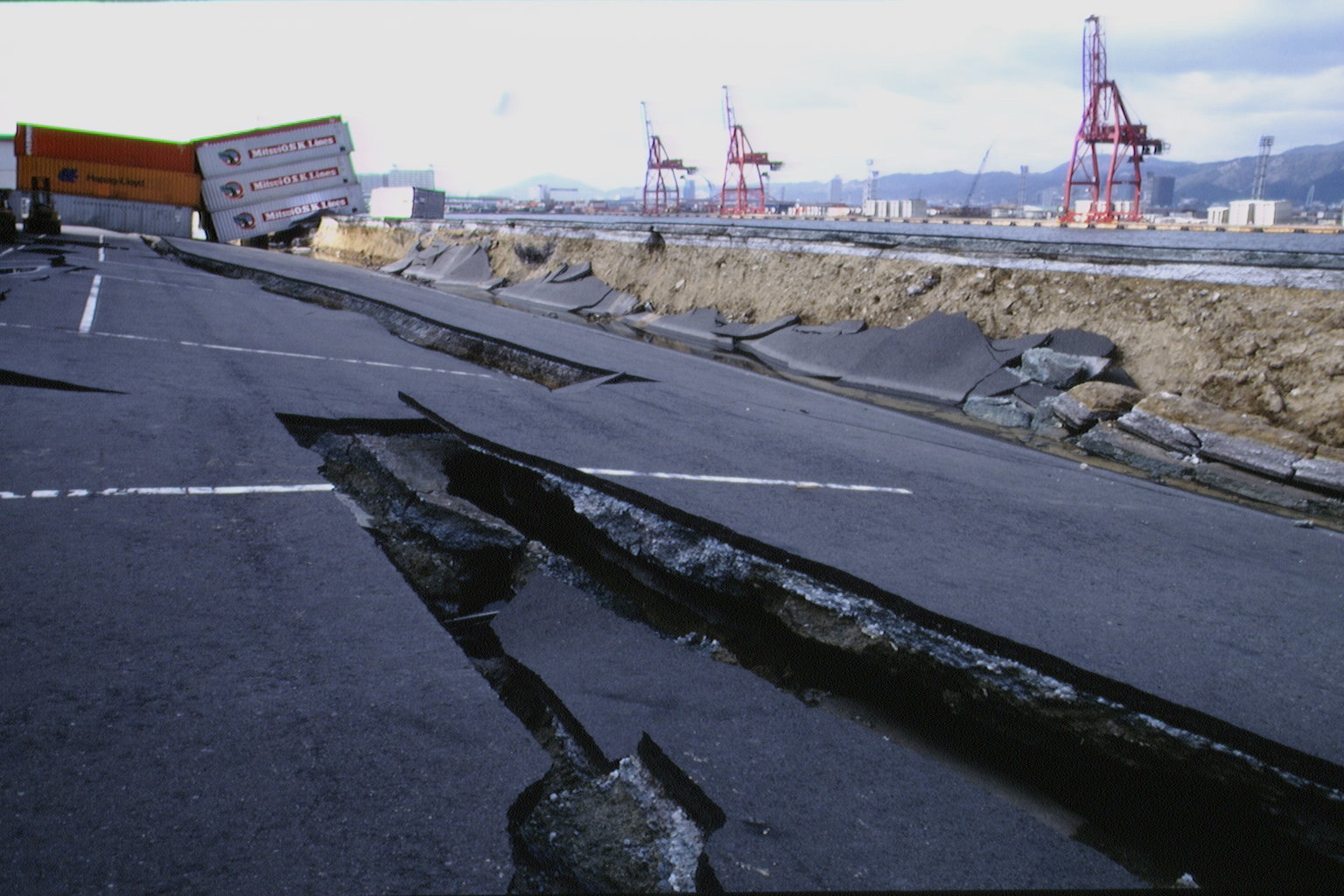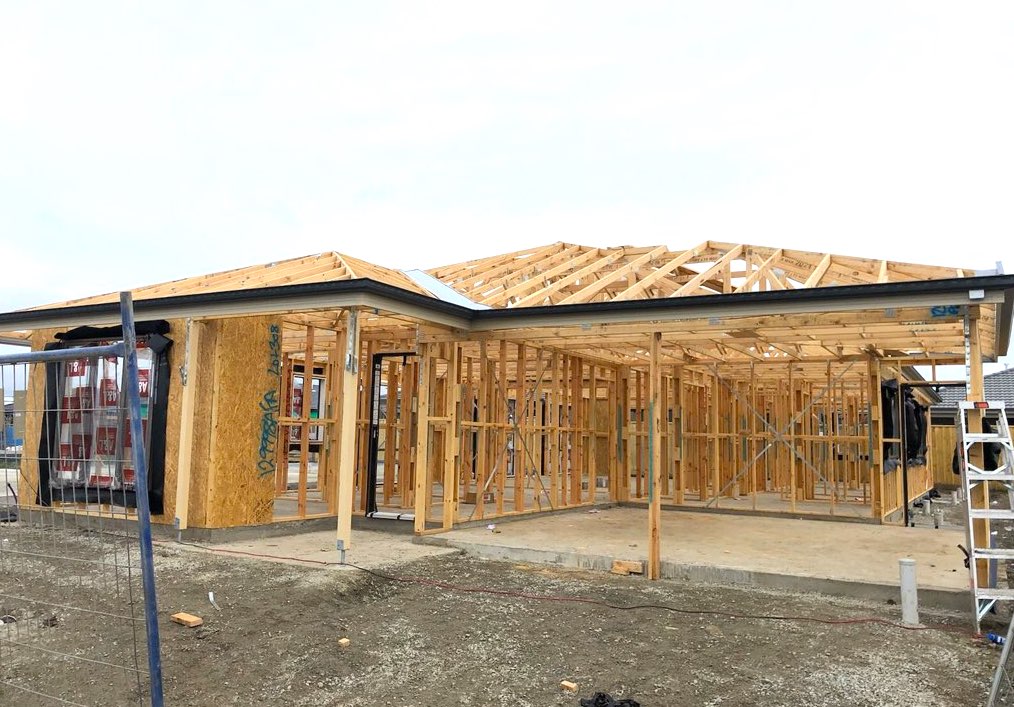
Sciences & Technology
Q&A: 4 things you need to know about Victoria’s earthquake

Australia has earthquake safety regulations for buildings, but Wednesday’s earthquake reminds us to be informed about the safety of our structures
Published 24 September 2021
Unlike other natural events, earthquakes like the one experienced in Australia’s south east – mainly in Victoria - on Wednesday cannot be predicted.
The Victorian capital, Melbourne, is not located close to plate boundaries; however, severe earthquakes are still possible away from the plate boundaries (known as intraplate earthquakes).

For example, one of the largest earthquakes in history, the New Madrid Earthquake in 1812 was a series of intraplate earthquakes of magnitudes ranging up to 8.2.
As seismologists have pointed out, Australia’s geological plate is moving slowly towards Indonesia in the North and Australia can expect more severe earthquake activity in the future.
Very low magnitude earthquakes occur quite regularly in and around Melbourne but, mostly, we do not notice them.

Sciences & Technology
Q&A: 4 things you need to know about Victoria’s earthquake
However, Wednesday’s earthquake was felt by many people in Melbourne, even though the epicentre was 125km away, as it was a significantly stronger earthquake – measuring 5.9 in magnitude.
The effects were equally significant, as it was a relatively shallow earthquake assisted by the stiffer earth crust in our region.
Although there were no reported injuries or deaths, it’s our buildings that can suffer the most damage.
While there are regulations to control the earthquake safety of buildings in Australia, the recent earthquake has raised questions about the earthquake safety of the country’s pre-code buildings.
For several reasons, old unreinforced masonry structures are the most at risk from the type of earthquakes that are most likely in Victoria.

Being old means these structures are most likely not designed to the standard required by current codes of practice or using the more advanced level of construction technology and building materials that are available today.
More importantly, masonry structures are more brittle than concrete, steel or timber structures. Unless a particularly old masonry structure has been adequately retrofitted with seismic detailing, it would be vulnerable.
Many Australian Standards changed after the devastating Newcastle earthquake in 1989 which saw some masonry structures collapse, killing 13 people. At the time, Newcastle was classified as a zero-earthquake zone.

Politics & Society
When building glass breaks dangerously it is a design problem
Since then, some steel reinforcement has been added to retrofit these masonry structures in critical zones. The joints in those structures were also strengthened following the collapses.
Here in Melbourne, soft soils significantly enhance the action of an earthquake. The very weak Coode Island Silt the city sits on will make many structures vulnerable to strong earthquakes if they are not properly designed and detailed.
Tall buildings are significantly heavier than their low-rise counterparts.
According to Newton’s second law of motion, the larger mass should attract the larger earthquake force (F = ma). While this is true, in a static sense, high-rises have a few things going in their favour compared to low rise buildings.

The structural capacity of a high rise is much higher in resisting earthquake actions and also has certain dynamic behavioural aspects providing it with more safety and stability.
As a result, they are inherently more flexible (less rigid) in facing the cyclic actions experienced during an earthquake. They are also constructed out of stronger materials – like high-strength concretes that are reinforced by steel bars.
High-rise building designs are very commonly peer reviewed nowadays and their construction is closely monitored by experts ensuring additional safety and higher construction quality.

Sciences & Technology
When Central Australia slipped and trembled
So, perhaps surprisingly for many people, a high rise is usually a safer place to be during an earthquake.
What may at times fail during a more severe earthquake are the non-structural components – like the plumbing and ceilings. This means that there is a risk of fire caused by damage to gas pipes and electrical conduits.
However, according to seismological data, the risk of an earthquake of that magnitude occurring in Melbourne is low.
There have been many devastating bridge failures during severe earthquakes – like the Kobe earthquake in Japan in 1995 and the USA’s Loma Prieta earthquake in 1989.
However, for less severe earthquakes, highway bridges are as safe as high-rise buildings. These structures are designed and constructed with similar or higher quality as the high-rise buildings.

The design of pedestrian structures is also covered by many well-detailed standards and guidelines in Australia.
Our recent study – a collaboration by the University of Melbourne and RMIT as part of the BNHCRC project (Natural Hazards CRC) – investigated the vulnerability of bridges and other transport structures in Australia to earthquakes.
We found that even though the probability of a severe earthquake is low, the damage of an event like this would be catastrophic given that many of those were constructed to older standards.

Sciences & Technology
Innovation during crisis
Another research team – which included the University of Melbourne and Swinburne University of Technology – investigated the seismic vulnerability of existing concrete buildings in Australia and came to a similar conclusion.
There are many bridges and buildings in Australia that would not face a severe earthquake safely.
The structural capacity of shorter buildings is much less than that of high-rise buildings, as they tend to be more rigid. As a result, low-rise buildings are generally at a higher risk of failure in an earthquake.
However, because most parts of Australia, including Melbourne, are most likely to face only mild to moderately severe earthquakes, most modern homes can be generally considered to be structurally safe.

New Australian homes are commonly built with softwood frames on top of a concrete raft (waffle pod) foundation. These homes are fairly lightweight and attract a much smaller earthquake force.
Timber frames themselves are, to a certain extent, capable of dissipating earthquake induced energy through their joints and have a higher number of structural redundancies.
However, older houses in Victoria are mostly founded on timber stumps and consist of certain masonry features – like parapets and masonry retaining walls. And due to their brittle nature, masonry structures and attachments could collapse during earthquake events.

Sciences & Technology
Earthquakes: The lessons learned
Most new constructions can be considered safe during the type of mild to moderate earthquakes expected in Melbourne and other parts of Victoria.
However, older structures need a systematic investigation to identify their need for seismic retrofitting.
For all of us at home, Wednesday’s earthquake is a good reminder to make things safer at home. Make sure your tall cabinets, cupboards and bookshelves are well anchored to walls.
For people in older houses, especially with a lot of masonry, it may not be a bad idea to get them inspected by a structural engineer.
Unfortunately, some structures are not still designed properly according to the current standards and poorly built. So, it is very important to have experienced engineers involved in all projects to eliminate these errors and mistakes.
While it may have ended fairly quickly, this earthquake may just be the jolt we need to revisit the safety of our buildings and structures.
Banner: Getty Images